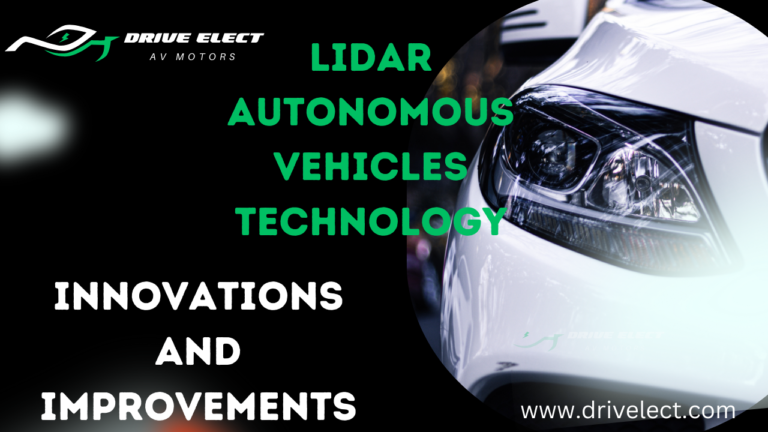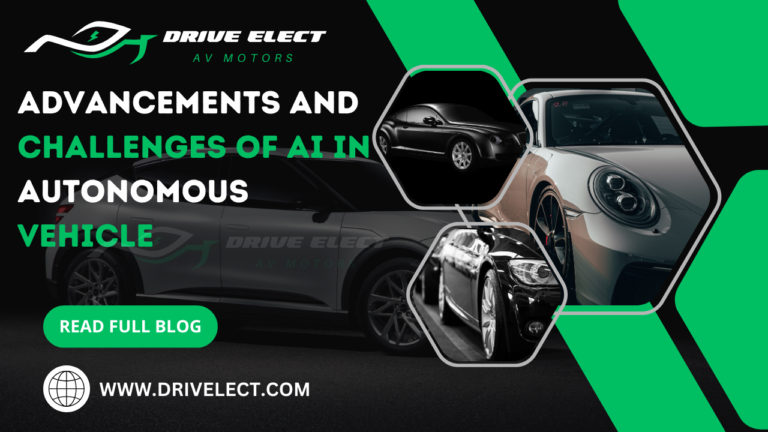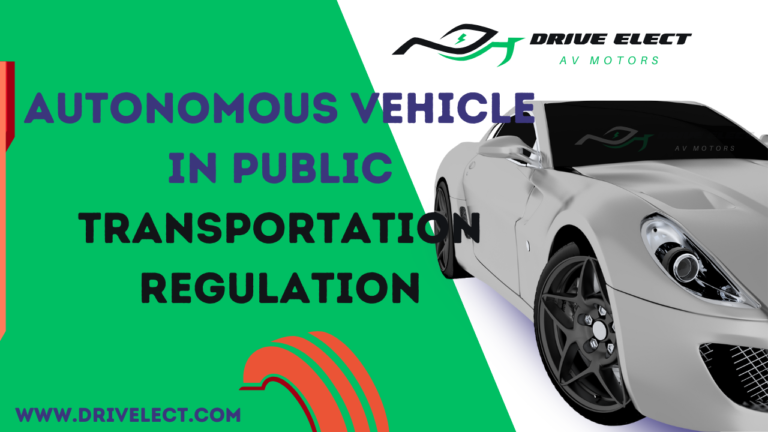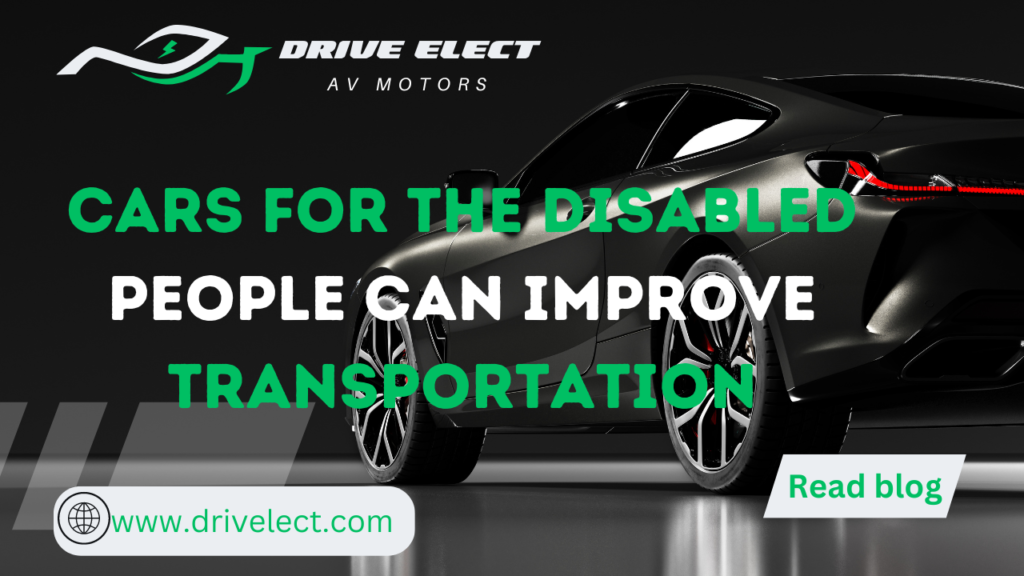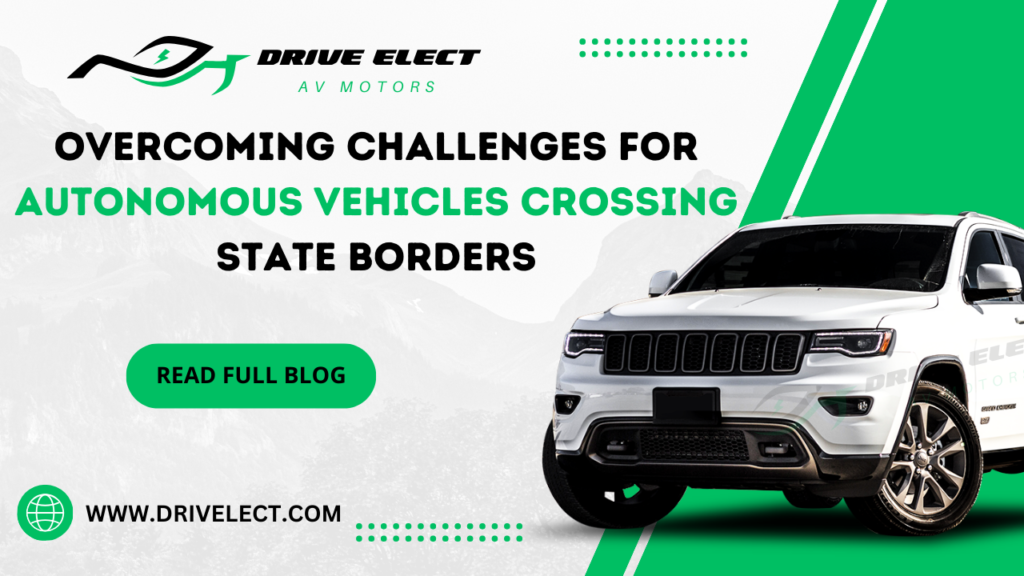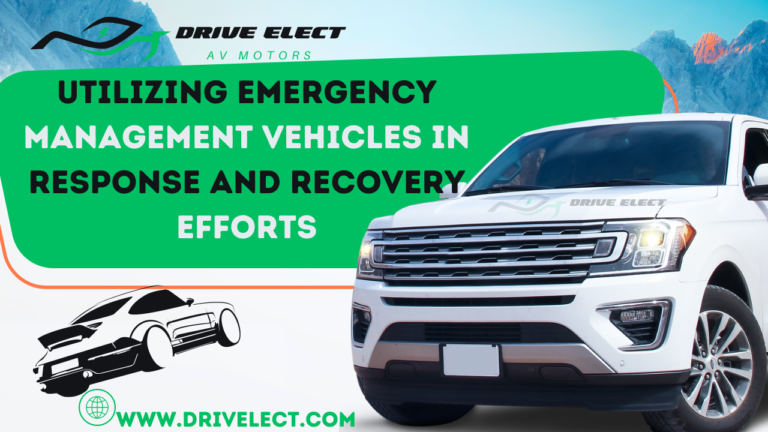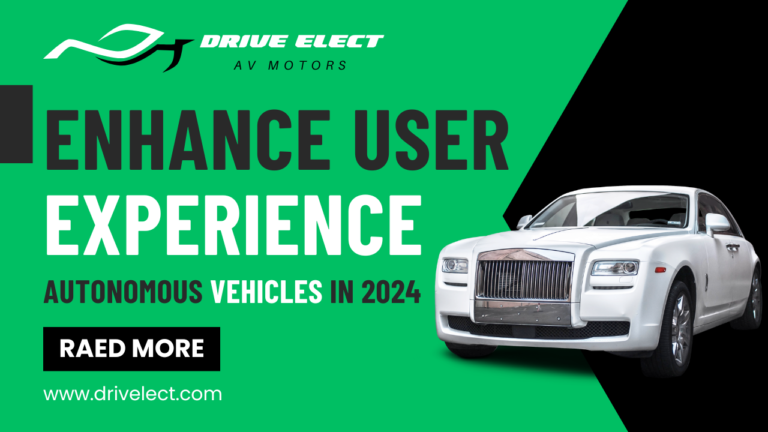Table of Contents
ToggleThe potential of vehicle communication with other vehicles and infrastructure
This study Vehicle-to-vehicle communication we explores the information gathered by connected and automated vehicles (CAVs) through electronic sensors and wireless communication. These vehicles generate data, and researchers are trying to understand how analyzing this data can improve road safety. Here, we discuss about the potential of vehicle communication with other vehicles and infrastructure.
The study reviews past research that used CAV-generated data to answer a crucial question: How can CAVs make our roads safer? The researchers use advanced tools like natural language processing and statistics to make sense of this information. These tools help them uncover hidden patterns and trends in the studies related to CAVs and safety.
The study aims to dig into the wealth of data collected by CAVs to figure out how these vehicles can enhance the safety of people on the road. It uses sophisticated techniques to analyze past research and identify key concepts and challenges in CAVs and safety.
Exploring the potential of vehicle-to-vehicle communication in autonomous driving:
Vehicle-to-vehicle communication, or V2V, means that cars talk to each other by sharing information like where they are, how fast they’re going, and which way they’re headed. This chatting happens using unique technology like sensors, radars, and dedicated short-range communication (DSRC). Now, let’s dig deeper into why this talking among vehicles is a big deal, especially regarding self-driving cars.
Imagine your car could tell the car next to it, “Hey, I’m turning left,” or “Watch out, there’s a hazard ahead.” That’s what V2V does. It’s like cars having their secret language to keep everyone safe on the road. This communication helps autonomous or self-driving cars work together smoothly.
One significant benefit is that it can prevent accidents. If one car knows what another is up to, they can coordinate and avoid collisions. This is super important, especially when cars are driving themselves on the road.
So, the key takeaway here is that V2V is like cars having a friendly chat to avoid crashes and make driving safer. It’s like teamwork among vehicles, ensuring everyone knows what’s happening around them. With V2V, the road becomes safer for everyone, thanks to the cars’ ability to share essential details about their journeys.
Enhanced safety and collision and Avoidance
Vehicle-to-vehicle communication brings many excellent benefits that make our roads safer. Imagine your car talking to other vehicles around it in real time – it’s like cars having their secret language to keep everyone safe.
One big perk is that this helps self-driving cars predict and avoid accidents. How? When cars share information, they can see into the future and figure out if there’s trouble ahead. It’s like cars becoming mind readers, but with data. So, if a vehicle knows another one is about to change lanes or hit the brakes, it can take action to prevent a crash.
Picture this: your car knows the vehicles’ moves nearby, like a well-choreographed dance. If one car suddenly brakes or swerves, the others know instantly, and they adjust their steps to avoid bumping into each other. It’s like cars becoming super bright and working together to create a smooth and safe ride.
In simpler terms, V2V communication is like cars having their superhero team – a league of vehicles that look out for each other on the road. This prevents accidents and makes driving more predictable and less stressful. So, next time you hear about V2V communication, think of it as cars becoming buddies, sharing info, and keeping us all safe on the road.
Improve situational awareness:
V2V communication is like cars having a special chat sharing important info. Imagine your car talking to others around it, learning their speed, how fast they’re going, and even if they’re making unexpected moves. It’s like cars exchanging notes to be super bright on the road.
When your car knows what the others are up to, it can act quickly to avoid danger. Suppose a vehicle suddenly brakes or makes a surprise turn. In that case, your vehicle gets a heads-up and can quickly dodge any trouble. It’s like cars becoming quick thinkers and teaming up to keep the road safe. So, thanks to vehicle to vehicle communication, self-driving vehicles become like buddies, sharing secrets about the road and ensuring we all have a smooth and safe ride.
Collaborative collision avoidance:
Imagine your self-driving car being like a superhero that spots danger ahead. When it sees an obstacle or trouble, it talks to the other vehicles nearby, giving them a heads-up. It’s like cars having their superhero network, working together to keep everyone safe on the road.
When one car shares info about danger, the others can change their path to avoid it. It’s like cars becoming friends and looking out for each other. This teamwork dramatically lowers the chances of accidents. It’s as if cars are whispering to each other, “Hey, watch out for that!” and ensuring everyone gets through without a scratch.
This collaboration between cars is like a safety dance – they’re all in sync, helping each other steer clear of problems and making our journeys smoother and accident-free.
Emergency vehicle awareness:
Vehicle-to-vehicle communication makes self-driving cars smarter, especially when dealing with emergency vehicles like ambulances and fire trucks. Imagine you’re driving, and there’s an ambulance rushing to an emergency nearby, but you can’t see or hear it yet. V2V communication steps in like a helpful friend, giving your car a heads-up about the emergency vehicle’s presence, even if it’s not directly in front of you.
This technology ensures that autonomous vehicles are aware of emergencies, allowing them to react quickly and safely. For instance, if an ambulance approaches from a side street or around a corner, your self-driving car will know in advance. This early warning system helps make split-second decisions, ensuring a smooth and safe passage for the emergency vehicle.
The real magic happens when V2V communication collaborates with autonomous features. Picture your car smoothly making way for the ambulance, creating a clear path without sudden moves that could lead to accidents. This capability enhances response times during emergencies, potentially saving lives.
In simpler terms, V2V communication acts like a guardian angel for self-driving cars, making sure they are always in the loop about nearby emergency vehicles. This keeps you, the driver, safe and supports the overall efficiency of emergency responses on the road.
What is vehicle-to-vehicle communication?
Vehicle-to-vehicle communication, or V2V, is like cars having their secret language. However, instead of words, they use wireless signals to talk to each other. It’s a cool tech trick that lets cars share information on the road. Imagine your car sending virtual high-fives to other vehicles nearby!
Cars can tell each other about their speed, location, and direction. This way, they can work together to avoid crashes or surprises. It’s like having many cars looking out for each other on the road.
Cars can share information about the traffic ahead so everyone can plan accordingly. This means less time stuck in traffic jams and smoother road sailing. Plus, it’s like cars are teaming up to make the whole driving experience way better.
And here’s a bonus – V2V is like a superhero for fuel efficiency. Cars can talk about their speeds and routes, helping each other find the best fuel-saving ways. It’s like a green team effort to be more eco-friendly on the road. So, in simple terms, V2V is like giving cars a way to chat with each other, making driving safer and traffic smoother, and helping the planet a bit, too.
Advantages of V2V communication
Collision avoidance:
V2V communication is like cars having a special talk to avoid bumps and crashes. They share information like how fast they’re going, where, and how they’re heading. This helps prevent accidents by giving a heads-up to drivers or even making the car automatically hit the brakes if needed. It’s like cars becoming best friends, always looking out for each other on the road to keep everyone safe and sound.
Traffic optimization:
V2V communication is like cars becoming buddies and sharing gossip about the traffic. They exchange news about how busy the roads are, and this helps them find the quickest routes. It’s like your car getting insider tips from other vehicles so you can avoid the slow-moving traffic and reach your destination faster. So, V2V is like giving cars a secret language to chat about the best paths, making your drive smoother and saving you time on the road. It’s like a team effort to beat the traffic and make your journey more enjoyable.
Fuel efficiency:
V2V communication is like cars having a friendly chat about the road ahead. They swap details on traffic and obstacles, teaming up to find the most innovative way to save fuel. It’s like your car getting advice from others on the best routes that use less gas. So, V2V helps cars work together to be more fuel-efficient, making your drive greener and your wallet happier. It’s like cars sharing secrets to use fuel wisely and make the journey smoother.


